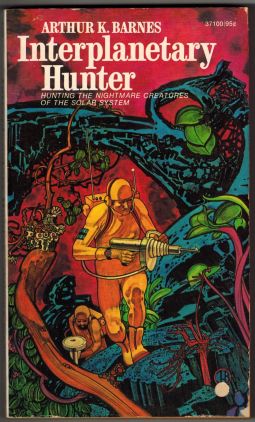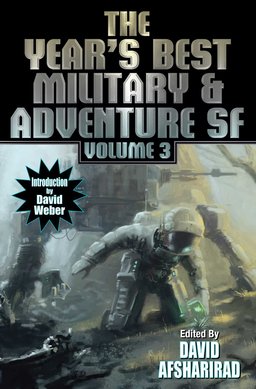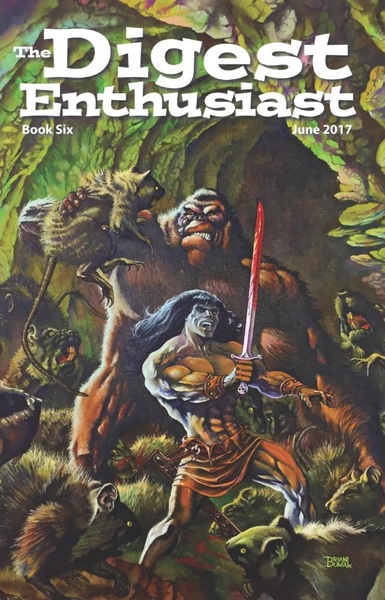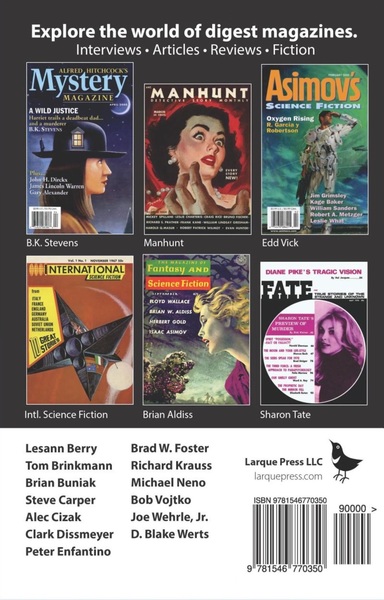Vintage Treasures: Starship/Non-Stop by Brian Aldiss
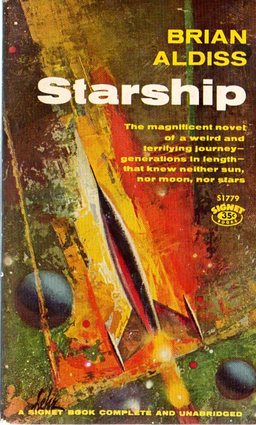 |
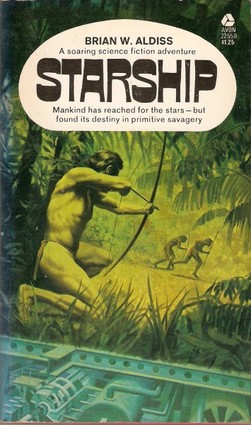 |
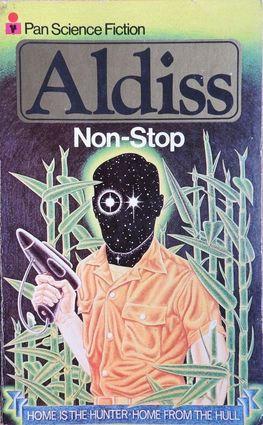 |
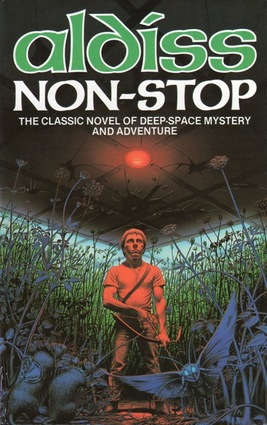 |
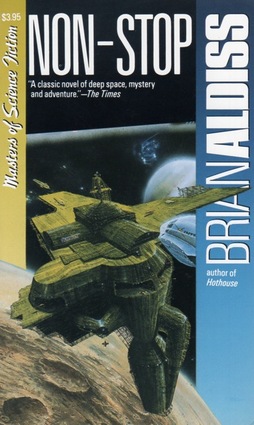 |
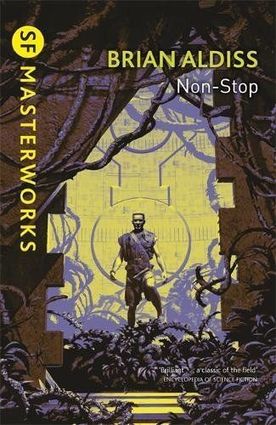 |
Joe Wehrle’s terrific review of Brian Aldiss’ Hothouse short story cycle in the latest issue of The Digest Enthusiast piqued my interest in other Aldiss classics. There’s certainly a lot to consider — Aldiss has written some thirty novels, including The Dark Light Years (1964), Report on Probability A (1968), Barefoot in the Head (1969), The Eighty-Minute Hour (1974), The Malacia Tapestry (1976), and The Helliconia Trilogy, just to mention a few. His most recent novel Finches of Mars was published in 2012, and his short story “Abundances Above” appeared in Postscripts 36/37 last year, shortly before the author’s 91st birthday (!!).
But any serious study of Brian Aldiss should probably start with his first novel Non-Stop, published in 1958. The tale of a generation ship whose inhabitants have degenerated into near barbarism, it was an instant classic, and remained in print for over five decades. The novel was re-titled Starship for its 1959 appearance in the US; that title stuck through multiple editions. I’ve collected a sample of a half-dozen of my favorite covers above, starting with the 1963 Signet paperback (top left, cover by Paul Lehr) and progressing through the decades to the 1989 Carroll & Graf edition (bottom middle, art by Tony Roberts) and the SF Masterworks edition (2000, cover by Fred Gambino).
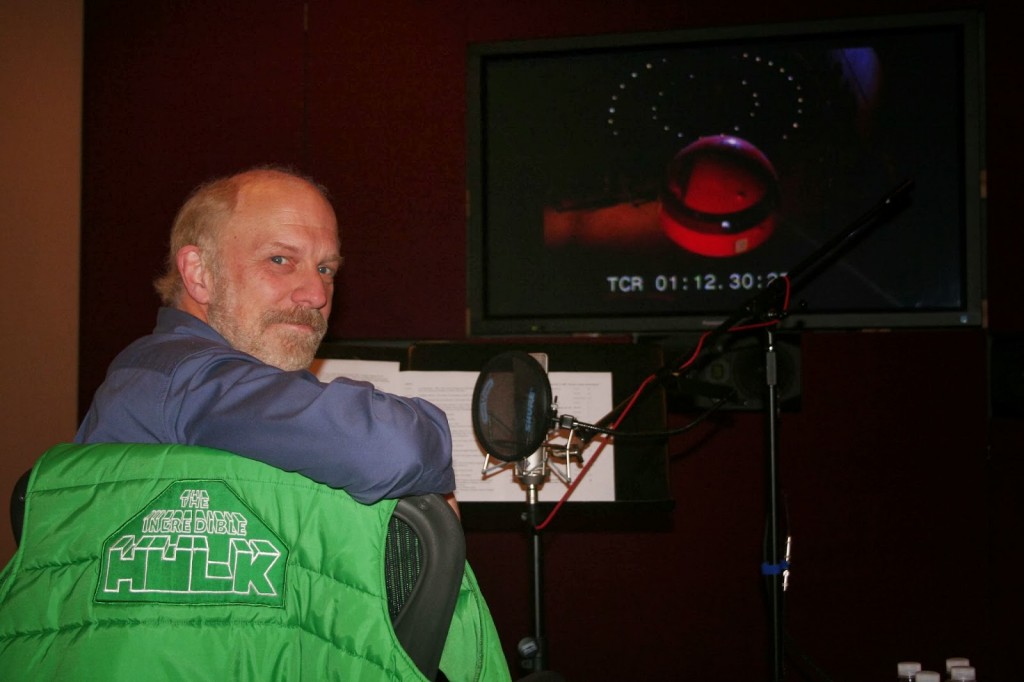
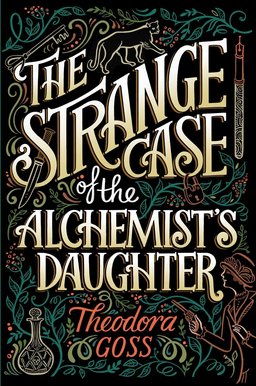
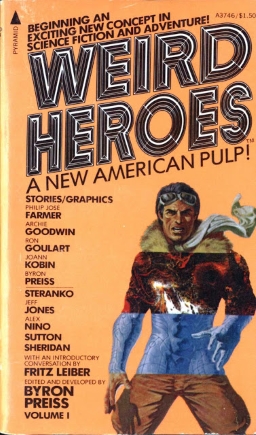 Weird Heroes was a series of eight books put out by Byron Preiss Visual Publications from 1975 through 1977, a copiously-illustrated mix of novels and short stories that aimed at creating a new kind of pulp fiction with new kinds of pulp heroes. The series had a specific set of ideals for its heroes, linked with an appreciative but not uncritical love of pulp fiction from the 1920s through 40s. Well-known creators from comics and science fiction contributed to the books, and one character would spawn a six-volume series of his own. And yet Preiss’ long-term plans for Weird Heroes were cut short with the eighth volume, and today it’s hard to find much discussion of the books online (though
Weird Heroes was a series of eight books put out by Byron Preiss Visual Publications from 1975 through 1977, a copiously-illustrated mix of novels and short stories that aimed at creating a new kind of pulp fiction with new kinds of pulp heroes. The series had a specific set of ideals for its heroes, linked with an appreciative but not uncritical love of pulp fiction from the 1920s through 40s. Well-known creators from comics and science fiction contributed to the books, and one character would spawn a six-volume series of his own. And yet Preiss’ long-term plans for Weird Heroes were cut short with the eighth volume, and today it’s hard to find much discussion of the books online (though  They say it’s the question most often asked of writers, but to be honest, no one has ever asked me where I got my ideas. Maybe I’ve been asked where a specific idea came from, but that was more of a “how did you think of that?”
They say it’s the question most often asked of writers, but to be honest, no one has ever asked me where I got my ideas. Maybe I’ve been asked where a specific idea came from, but that was more of a “how did you think of that?”
